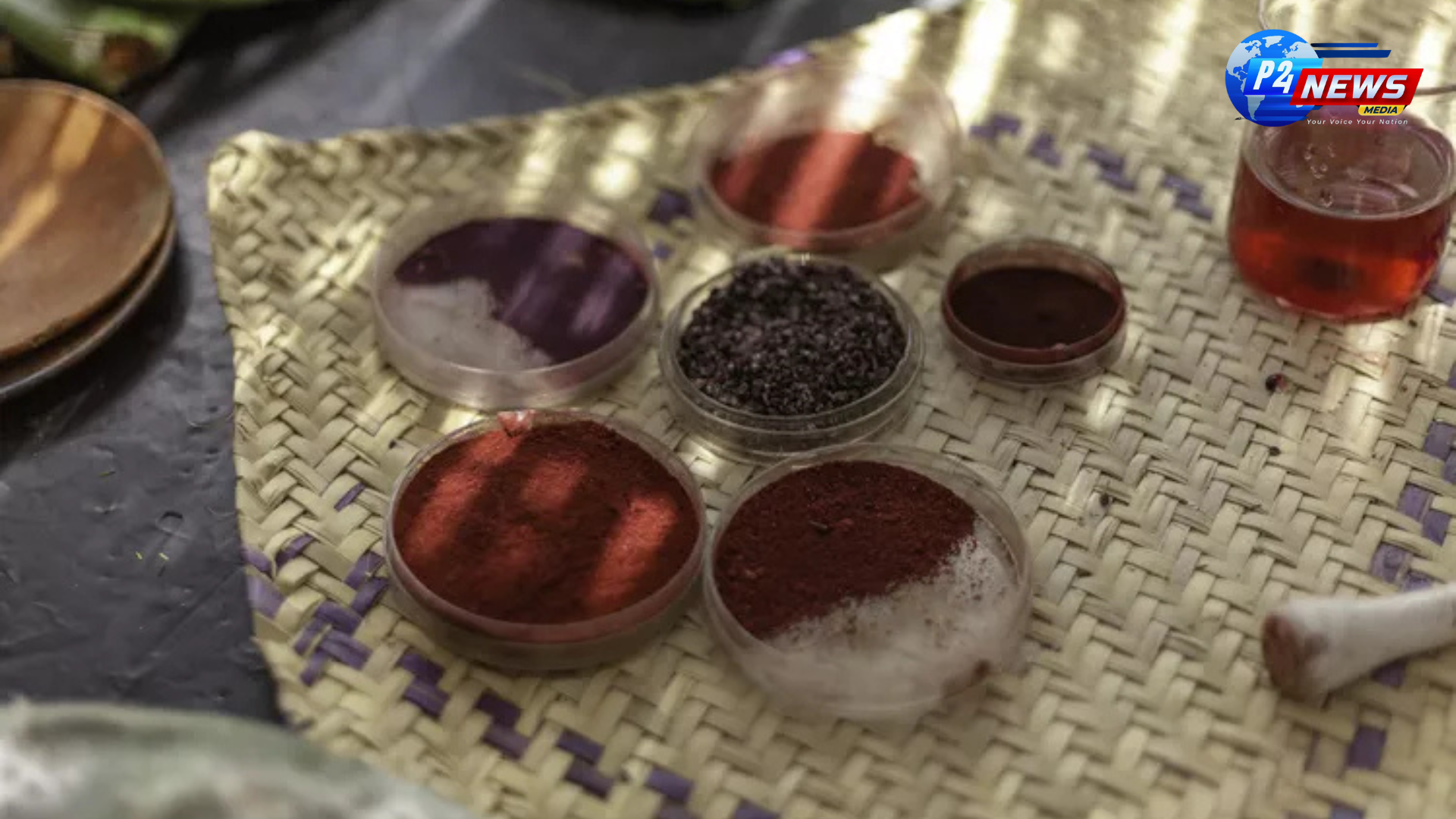Cochineal bugs are part of the Coccidae family, a type of scale insect closely related to aphids, mealybugs, and whiteflies. They have flat, oval-shaped bodies about the size of a grain of rice and are native to tropical and subtropical South America through North America.
What Is Carmine Dye?
Cochineal bugs are part of the Coccidae family, a type of scale insect closely related to aphids, mealybugs, and whiteflies. They have flat, oval-shaped bodies about the size of a grain of rice and are native to tropical and subtropical South America through North America.
These bugs invade and live off the nopal cactus, otherwise known as the prickly pear cactus, accumulating in large clusters on the cactus pad to feed on the plant’s natural moisture and nutrients.
Specifically, carmine dye is produced from the acid that females naturally secrete to deter predators (the insects themselves are more of a gray-white color). Up to 20% of the insect’s body weight is made up of carminic acid. The insect typically used is the Dactylopius coccus species, the females of which are mostly immobile and live around 90 days in the wild.
How Is Carmine Made?
To create carmine dye, cochineal insects are harvested, dried out, and ground up to produce the dark red color in powder form.
Most cochineal insects are harvested in the wild, but there are also places where they are farmed. Traditional cochineal farming involves either cultivating cactus plants that are already infested with insects or adding insects by hand to wild cactus pads.
The dye extracted from the insect is boiled, filtered, and mixed with basic aluminum salts to produce carmine. Legally, the extract must be pasteurized or treated to destroy any salmonella microorganisms.
Carmine in the Beauty Industry
In the cosmetics industry, carmine is primarily used for lipsticks, eye shadow, and lipgloss. It is added to produce a bright red color and improve the wearability or shade intensity of makeup, but also as a base to achieve cooler ranges of pinks and purples without using synthetic dyes.
Although carmine is all-natural, the lack of transparency of its widespread use in the cosmetics industry has become a controversial subject.
Since the terms are unregulated, any company can claim that its products are "vegan" or that they contain "no animal ingredients" based on its own definitions, and some may consider animal-derived ingredients like beeswax, lanolin, and carmine fair game.
Other Names for Carmine Dye
Carmine isn’t always clearly labeled on ingredients lists and may also appear under the following names:
- E120
- Natural red 4
- Crimson lake
- Carmine lake
- CI 75470
- Cochineal extract
- Cochineal
- Carminic acid
- Natural colorings
Carmine Controversy
Starbucks caught flack for using carmine in its strawberry-flavored drinks back in 2012, especially from vegans and those who didn’t eat animals for religious reasons. Later that year, Starbucks President Cliff Burrows issued a blog post announcing that the company would transition to lycopene, a tomato-based extract, and stop using carmine in its strawberry products.
Campari, the Italian liqueur often mixed into negronis, used carmine dye for decades before swapping it with petroleum-based artificial colorant in 2006.
Some companies that use carmine have publicly defended their use of the additive. Yoplait, for example, tweeted a response in 2020 to a customer who was concerned that they were using entire bugs, saying, “We understand your concerns & you’re not eating ground-up insects. It's sourced from the dried shells of the cochineal beetle, used in a purified form, safe, natural & has the FDA’s approval for use in food.”
Health and Environmental Concerns
Most concerns over carmine dye lie in its source. An estimated 22 billion to 89 billion adult female cochineals are killed each year to produce carmine, and those who live a vegan lifestyle felt misled by companies that didn’t disclose the specific nature of their additives.
There have been health risks connected to cochineal products as well, with research showing that exposure to carmine can cause severe anaphylactic reactions, contact allergies, and even asthma. In 2009, the FDA began requiring companies that produced carmine-containing food and cosmetics to disclose the ingredient on the label.
Others claim that carmine is better for the environment than artificial alternatives since it is completely natural. Artificial colorings are often made using coal or petroleum byproducts. Studies have linked even the most common food dyes to hyperactivity in children as well as allergic reactions and other adverse effects.
Cultural Significance and Transparency
Many cultures around the world have embraced eating insects for thousands of years. Bugs have even been promoted as a protein-rich superfood of the future. From the Maya to the Aztecs, indigenous people of Central and South America have used carmine to dye their fabrics for generations.
Regardless of which camp you belong to, consumers have a right to know what’s being added to their products. Check the ingredients list the next time you’re out shopping to see if carmine made the cut—there may already be something in your kitchen with the bug-derived dye right now.
















Comments 0